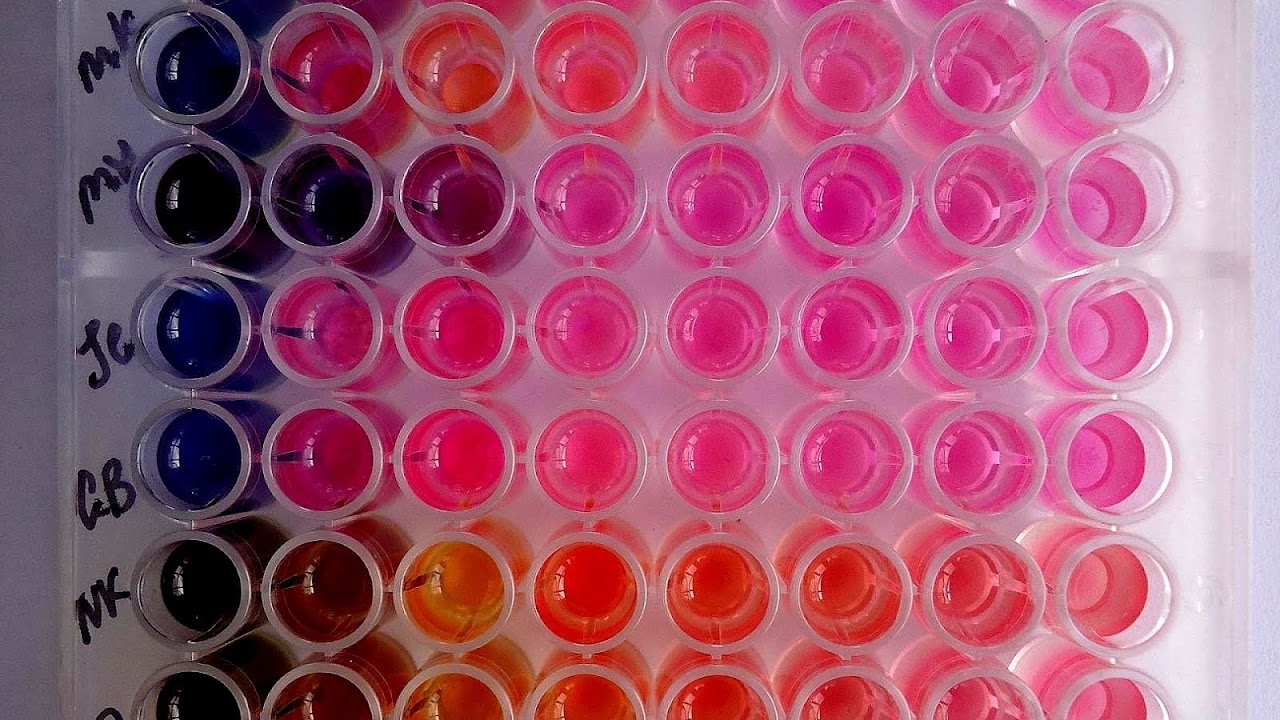
Resazurin (7-Hydroxy-3H-phenoxazin-3-one 10-oxide) is a blue dye, itself weakly fluorescent until it is irreversibly reduced to the pink colored and highly red fluorescent resorufin. It is used as an oxidation-reduction indicator in cell viability assays for both aerobic and anaerobic respiration. Usually it is available commercially as the sodium salt.
Resazurin solution has one of the highest values known of Kreft's dichromaticity index. This means that it has a large change in perceived color hue when the thickness or concentration of observed sample increases or decreases.

Maps, Directions, and Place Reviews
Cell viability applications
Resazurin was first used to quantify bacterial content in milk by Pesch and Simmert in 1929. It is also used as an indicator for cell viability in mammalian cell cultures. It was introduced commercially initially under Alamar Blue trademark (Trek Diagnostic Systems, Inc), and now also available under other names such as AB assay, Vybrant (Molecular Probes) and UptiBlue (Interchim).
Resazurin based assays show excellent correlation to reference viability assays such as formazan-based assays (MTT/XTT) and tritiated thymidine based techniques, while being much easier and safer to use for the user. It also allows for longer studies (minimally toxic to living cells), works for adherents cells and bacteria/fungi. Besides standard applications as cell culture assays (cell counting, cell proliferation assays) and cytotoxicity testing, it also can be multiplexed with several chemiluminescent assays, such as cytokine assays, caspase assays to measure apoptosis, or reporter assays to measure a gene or a protein expression. The irreversible reaction of resazurin to resorufin is proportional to aerobic respiration.

Other applications
Resazurin is effectively reduced in mitochondria, making it useful also to assess mitochondrial metabolic activity.
Usually, in the presence of NADPH dehydrogenase or NADH dehydrogenase as the enzyme, NADPH or NADH is the reductant that converts resazurin to resorufin. Hence the resazurin/diaphorase/NADPH system can be used to detect NADH, NADPH, or diaphorase level, and any biochemical or enzyme activity that is involved in a biochemical reaction generating NADH or NADPH.
Resazurin can be used to assay L-Glutamate, achieving a sensitivity of 2.0 pmol per well.
Resazurin can also be used to measure the aerobic biodegradation of organic matter found in effluents.
Resazurin is used to measure the amount of aerobic respiration in streams Since most aerobic respiration occurs in the stream bed, the conversion of resazurin to resorufin is also a measure of the amount of exchange between the water column and the stream bed.

Synthesis
Resazurin is prepared by acid-catalyzed condensation between resorcinol and 4-nitrosoresorcinol followed by oxidation of the intermediate with manganese(IV) oxide:
Treatment of the crude reaction product with excess sodium carbonate yields the sodium salt of resazurin, which is typically the commercial form of the dye. Running the condensation step in alcohols is possible but results in lower yields of the product; in pure water or acetic acid, the reaction does not proceed satisfactorily.

Related dyes
10-acetyl-3,7-dihydroxyphenoxazine (also known as Amplex Red), structurally related to resazurin, reacts with H2O2 in a 1:1 stoichiometry to produce the same by-product resorufin (used in many assays combining for example horseradish peroxidase (HRP), or NADH, NADPH using enzymes).
7-ethoxyresorufin, is a compound used as the substrate in the measurement of cytochrome P450 (CYP1A1) induction using the ethoxyresorufin-O-deethylase (EROD) assay system in cell culture and environmental samples, produced in response to exposure to aryl hydrocarbons. The compound is catalysed by the enzyme to produce the same fluorescent product, resorufin.
1,3-dichloro-7-hydroxy-9,9-dimethylacridin-2(9H)-one (DDAO dye), fluorescent dye used for oligonucleotide labeling.
Source of the article : Wikipedia


EmoticonEmoticon